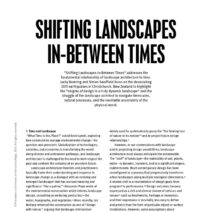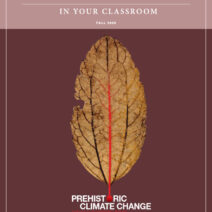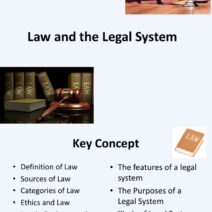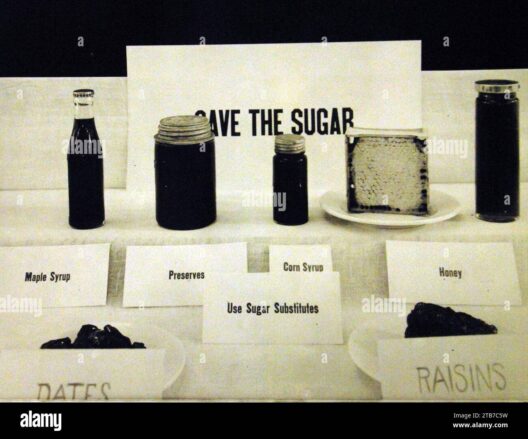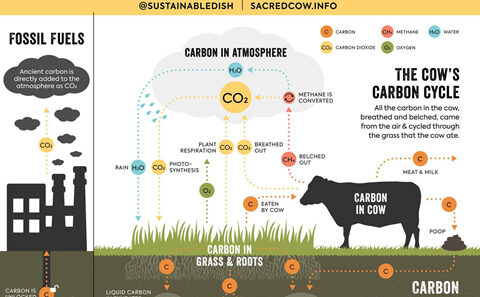The pervasive shadow of car pollution looms ominously over our planet, akin to a dark cloud that relentlessly envelops the sun, stifling the vitality of Earth. The automobile, once celebrated as a marvel of engineering that liberated societies and propelled economies, has morphed into a formidable adversary in the battle against climate change. With every engine rev, a symphony of carbon emissions and toxic pollutants crescendoes, ushering us further down the road to ruin.
At the crux of the issue lies the inextricable link between vehicular emissions and greenhouse gas accumulation in the atmosphere. Each day, numerous cars traverse our cities, and with each mile driven, they emit carbon dioxide (CO2), nitrogen oxides (NOx), and particulate matter (PM). This relentless barrage of pollutants acts as a blanket over the Earth, trapping heat and precipitating a cascade of atmospheric transformations. The metaphorical veil thickens, hindering the planet’s ability to radiate heat back into space, thereby exacerbating global warming.
Consider the Earth as a delicately balanced ecosystem, where each component plays a vital role in maintaining harmony. Car pollution, however, disrupts this balance, akin to a rogue wave that disturbs a tranquil sea. The transportation sector is responsible for nearly a quarter of global CO2 emissions, with road vehicles accounting for a significant proportion of this output. This statistic serves as a portent of the environmental crises that lie ahead if no substantive action is taken.
Moreover, car pollution extends beyond just CO2 emissions. It is a multifaceted issue that encompasses a plethora of harmful substances, including volatile organic compounds (VOCs) and heavy metals. These pollutants proliferate in urban environments, grounding the air with a toxic mantle that not only affects flora and fauna but also poses severe health risks to human populations. Asthma, respiratory diseases, and cardiovascular conditions flourish in cities suffocated by vehicular exhaust. The irony lies in the fact that the very machines designed to facilitate mobility are undermining the health of the populace.
The effects of car pollution are not confined to urban centers. The repercussions are felt globally, as pollutants traverse vast distances, infiltrating even the most remote landscapes. This optical illusion of a pristine environment is dismantled by the reality of transboundary pollution. The particulate matter from one region can travel thousands of miles before settling, contributing to a global phenomenon known as atmospheric deposition, which disrupts ecosystems and degrades biodiversity.
Furthermore, the burgeoning phenomenon of climate change catalyzed by car pollution is manifesting through increasingly severe weather patterns, rising sea levels, and an alarming frequency of natural disasters. The metaphorical dam we have constructed with our collective ignorance is beginning to crack, unleashing untold devastation. Hurricanes are becoming fiercer; droughts more persistent, and the loss of polar ice is accelerating at an unprecedented rate. The ramifications of these changes extend beyond environmental degradation; they threaten the very fabric of human society.
As the industrialized world continues to grapple with its addiction to fossil fuels, alternative energy sources emerge as a beacon of hope. Electric vehicles (EVs) have surged in popularity, promising to decouple transportation from fossil fuel dependency. The transition to electric mobility can significantly mitigate car pollution. However, the production and disposal of batteries come with their own set of environmental concerns, necessitating responsible sourcing of materials and an efficient recycling process.
Public transport offers another avenue for alleviating the burden of car emissions. By embracing mass transit systems, cities can reduce the number of individual vehicles on the road, leading to diminished pollution levels and improved air quality. Investing in bike lanes and pedestrian pathways creates a culture of sustainability, facilitating eco-friendly mobility options while invigorating community life and fostering social interactions.
Equally important is the role of regulation in curbing emissions from the automotive sector. Governments should enact stringent emission standards and incentivize the adoption of cleaner technologies. Tax breaks for hybrid and electric vehicles, along with investments in renewable energy infrastructure, can collectively catalyze a monumental shift in societal behavior toward greener alternatives.
Public awareness campaigns also play a crucial role in educating individuals about the environmental impact of their transportation choices. As citizens become more conscientious about their carbon footprints, they are empowered to advocate for policy changes and support sustainable practices. This grassroots movement can influence corporations to prioritize environmentally-friendly business models and ultimately foster a culture of sustainability.
Imagining a future where the echo of car horns is replaced by the soft rustle of leaves and the laughter of children playing outdoors might seem implausible, yet it is within reach. To traverse this transformative path, humanity must rally together, shedding the shackles of fossil fuel reliance and steering towards innovative solutions with fervor and urgency. The road to ruin can be recalibrated if we acknowledge the power of collective action and individual responsibility.
In conclusion, the peril of car pollution serves as a stark reminder of the intricate relationship between technological advancement and environmental stewardship. It is imperative to confront this challenge head-on, embracing sustainable transportation alternatives and advocating for systemic change. The future of our planet hangs in the balance, and the choice is ours to make. Every journey taken can either deepen the chasm of destruction or sow the seeds of renewal. Let us tread wisely as we navigate the perilous road ahead.
